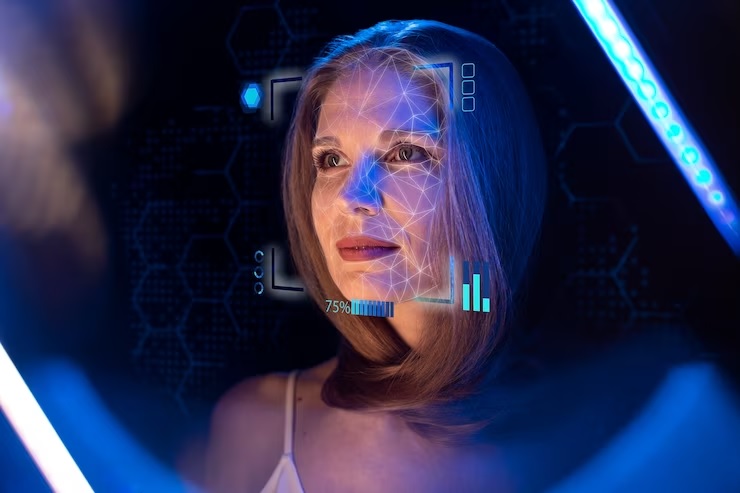Facial recognition technology has rapidly evolved in recent years and has been widely adopted across various industries, including security, retail, and entertainment. This technology has been praised for its accuracy and ability to identify individuals in real-time, but it has also faced criticism for its potential to infringe on privacy rights and contribute to biased policing. In this article, we will explore the different applications of facial recognition, its advantages and disadvantages, and the ethical considerations that need to be taken into account when deploying this technology.
Applications of Facial Recognition Technology
Security and Law Enforcement
One of the most common applications of facial recognition technology is in the field of security and law enforcement. Facial recognition systems are used to identify and track individuals in real-time and match them against criminal databases, helping law enforcement agencies to catch criminals and prevent crime. This technology has been particularly useful in solving crimes where there is a lack of other evidence, such as surveillance footage or eyewitness testimony. In addition, facial recognition technology can also be used to monitor public spaces and detect potential security threats, such as individuals carrying weapons or engaging in suspicious activities.
Retail and Marketing
Facial recognition technology has also been adopted by retailers and marketers to enhance the customer experience. For example, retailers can use facial recognition systems to analyze customer emotions and preferences, allowing them to personalize their marketing and sales strategies. Additionally, facial recognition systems can also be used to monitor customer behavior and preferences in-store, helping retailers to understand how customers are interacting with products and to make improvements to the store environment.
Entertainment
In the entertainment industry, facial recognition technology is used to create more immersive experiences for users. For example, facial recognition systems can be used in video games to create more realistic and personalized characters, and to allow players to use their own facial expressions to control game characters. In addition, facial recognition technology can also be used in theme parks and attractions to enhance the experience by creating personalized experiences and memories for visitors.
Benefits of Facial Recognition
Increased Accuracy
One of the key advantages of facial recognition technology is its accuracy. With advances in machine learning and artificial intelligence, facial recognition systems are able to accurately identify individuals in real-time, even in complex and challenging environments. This has led to a significant improvement in the accuracy of facial recognition systems compared to traditional methods, such as manual comparison of facial images.
Enhanced Security
Facial recognition technology has also been praised for its ability to enhance security and prevent crime. By quickly and accurately identifying individuals in real-time, facial recognition systems can be used to detect and prevent crime, such as theft, terrorism, and illegal immigration. In addition, facial recognition technology can also be used to monitor public spaces and detect potential security threats, helping to keep communities safe.
Improved Customer Experience
In retail and marketing, face recognition machine learning can be used to improve the customer experience by personalizing marketing and sales strategies and creating more immersive experiences for users. This can lead to increased customer engagement and loyalty, and can help retailers to better understand their customers and make improvements to their products and services.
Conclusion
In conclusion, facial recognition technology has the potential to revolutionize a wide range of industries, from security and law enforcement to marketing and entertainment. However, it also poses serious concerns around privacy, bias, and accuracy. As such, it is important that the development and deployment of facial recognition technology is subject to careful regulation and oversight, with a focus on protecting individuals’ rights and preventing abuse. With proper safeguards in place, facial recognition technology could be a powerful tool for improving efficiency and enhancing security, while also promoting fairness and inclusion.
